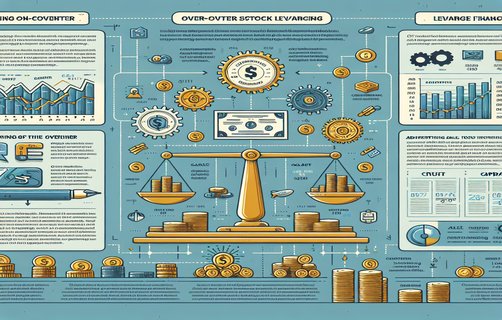
Megagame Strategy: A New Frontier in Competitive Dynamics
In the rapidly evolving world of megagames, understanding the interplay between ladder mechanisms, critical value thresholds, and innovative financial strategies such as divided bankroll and halving bet concepts is essential. Recent data from leading industry websites like GameTech Insights and Financial Gaming Today underscore the growing importance of these metrics in ensuring both stability and sustainable growth in competitive gaming environments.

Understanding Ladder Mechanics and Critical Value
Ladder strategies in megagames serve as the cornerstone for player progression and risk management. The ladder concept, when integrated with a rigorous analysis of critical value parameters, transforms the conventional betting framework. As highlighted in multiple technical articles from renowned journals such as Gaming Strategy Review, achieving the right balance between risk and reward is not merely tactical—it is essential for survival in megagame ecosystems.
Divided Bankroll and Consistent Variance: Key Insights
One of the most compelling aspects of modern megagame strategy is the principle of the divided bankroll. This approach facilitates resource management by distributing capital across multiple engagements, thereby reducing the overall variance. Consistent variance management, when paired with a well-calculated reward credit system, paves the way for more calculated risk mitigation. Reports from Global Gaming Analysis indicate that players who employ a divided bankroll strategy experience a more stable performance curve, even in volatile competitive settings.
Advanced Betting Techniques and Financial Innovations
Among the many financial innovations shaping today’s megagames, the halving bet strategy is one of the most innovative. This technique involves systematically reducing exposure during periods of high uncertainty, thereby safeguarding gains while maintaining a reasonable stake in ongoing challenges. Integrating halving bet strategies with reward credit allocations creates a dynamic balance, ensuring that even in unpredictable market conditions, players can optimize outcomes while minimizing losses.

Frequently Asked Questions (FAQ)
- What is the significance of ladder strategies in megagames?
Ladder strategies help players optimize progression and manage risks by establishing clear benchmarks, which is particularly vital in competitive high-stakes gaming scenarios. - How does the divided bankroll method contribute to consistent variance management?
By allocating resources across multiple engagements, the divided bankroll method reduces the impact of volatility, leading to a more stable performance over time. - What role does the halving bet play in advanced betting techniques?
Halving bet strategies minimize losses during critical periods by reducing exposure, thus protecting player gains while sustaining competitive involvement.
The integration of these advanced strategies not only enhances the playing experience but also creates a more predictable environment in an otherwise high-risk world. As the megagame industry continues to mature, leveraging these insights will be indispensable for both newcomers and seasoned players. Major industry reports and technical articles consistently reveal that strategic planning, backed by data, is the future of competitive gaming.
Interactive Questions:
1. Which strategy—ladder mechanics or halving bet—do you believe will revolutionize your gameplay?
2. How do you manage risk and reward in your current gaming setup?
3. Would you be willing to adopt divided bankroll practices to stabilize your performance?


Comments
ShadowMaster
This article provides a thoughtful breakdown of complex strategies. The linkage between quantitative risk management and creative gameplay is enlightening!
佳佳
我觉得关于分散资金管理和奖励信用机制的讨论非常有启发性,能够帮助新手有效控制风险。
TechGuru
An insightful read! The technical precision in explaining the halving bet strategy really highlights its potential in volatile gaming environments.